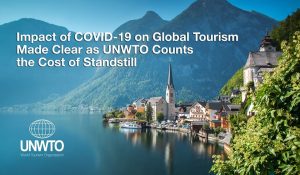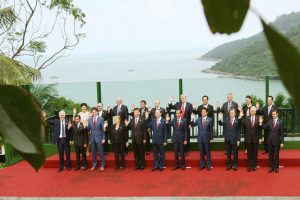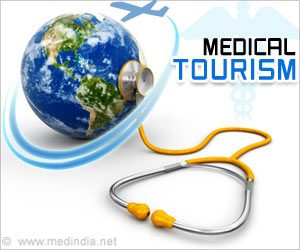Travel Spending to hit record high of $1.25 Trillion in 2015

Orlando, FL – Despite recent economic turbulence, China business travel will increase by 61 percent over the next 5 years, from $261 billion in 2014 to $420 billion in 2019. That increase is greater than the increases in business travel growth in the next 8 largest countries combined, including the U.S., Germany, India, U.K., Indonesia, France, Turkey and Japan.
These findings are part of an annual travel forecast released at GBTA Convention 2015 from the GBTA Foundation – the education and research arm of the Global Business Travel Association, which details business travel spending in 75 countries across 48 industries over 15 years, including a rolling five-year projection.
Overall, the GBTA BTI™ Outlook – Annual Global Report & Forecast, sponsored by Visa, Inc. finds that global business travel spending will hit a record $1.25 trillion USD in 2015, 6.5 percent growth over 2014. Growth will remain strong through 2019, with business travel projected to grow 6.9 percent in 2016, 6.0 percent in 2017, 6.4 percent in 2018 and 5.8 percent in 2019.
“Despite recent economic speedbumps, China will pull away as the global leader in business travel over the next five years,” said GBTA Executive Director and COO Michael W. McCormick. “On the horizon, we’ve identified five nations that are also seeing extraordinary growth and could very well turn into the business travel markets of the future. Another market to watch is India, which is statistically where China was 15 years ago.”
The large majority of business travel spending in 2014 occurs in a few dominant markets. In fact, over two-thirds of total business travel spending continues to occur in the U.S., China and Western Europe. Currently Asia Pacific owns the largest share of the business travel spend market with 39 percent followed by North America with 27 percent and Western Europe with 24 percent. GBTA expects that by 2019, Asia Pacific will have gained another 3.5 percentage points in market share, while the United States and Western Europe will lose 2.7 percentage points and 0.6 percentage points, respectively.
“The global business travel market is incredibly dynamic, with dozens of countries around the world such as China, India and Mexico, growing at remarkable rate,” said Brian Triplett, SVP, Head of Commercial Product, Visa Inc. “As these markets develop, safe and secure electronic payments will help corporations and business travelers around the globe track and manage their business travel spend.”
More than any other country, India is poised for breakout growth. In 2014, India had $26 billion in business travel spending, which will grow by a compound annual growth rate (CAGR) of 11.5 percent through 2019 to $45 billion. Fifteen years from now, India will likely be a top-five market in business travel spending.
The GBTA Foundation identified five newly emerging markets often overlooked because they aren’t as large as the traditional powers or the BRIC markets. Their rapid growth however, all but assures the five countries will become the business travel markets of the future – Indonesia , Malaysia , Mexico , Poland and Turkey
The Asia Pacific Region continues to be the largest business travel region in the world, comprising 39 percent of global business travel.
• Business travel spending in Asia Pacific totaled $459 billion in 2014, and is projected to grow at 7.7 percent CAGR over the next five years.
• Travelers in North America spent $318 billion on business travel in 2014, with 90 percent coming from the U.S., while Mexico and Canada generated the remaining 10 percent. Mexico is projected to be the most robust business travel market in North America over the next five years, projected to grow at 7.7 percent CAGR over that period.
• Travelers in Western Europe spent $271 billion on business travel in 2014. It is projected that business travel will increase by 4.8 percent in 2015.
• Latin American business travel totaled $52 billion in 2014, led by Brazil, which totaled $32 billion. Business travel spending in Latin America will grow 5.9 percent CAGR through 2019.
• The Middle East, Emerging Europe and Africa accounted for $77 billion in business travel spending in 2014. Business travel spending in the Middle East remains highly correlated with the health of the energy sector and has slowed significantly over the last year as oil prices have tanked.
The Annual Global Report & Forecast identified other key trends that could impact business travel over the next year, including political activity in emerging Europe and the cost of oil.
For more information :gbta.org and gbta.org/foundation.
Aug 1, 2015















